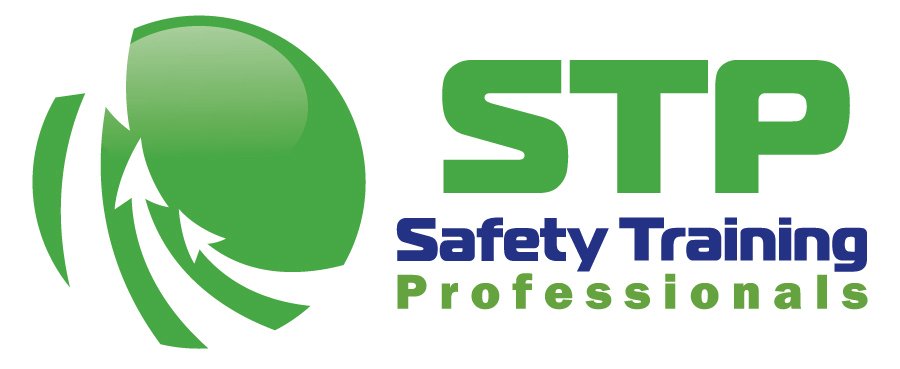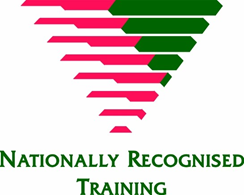- Chief Warden
Chief Warden Training - Group Training Only
PUAFER006 Lead an Emergency Control Organisation
Student Requirements
Students must have the language, literacy, numeracy (LLN) and physical capabilities to meet the performance criteria of this unit. (For further information or if you have any concerns regarding LLN and/or physical capabilities please contact the office)
Participants must have the ability to read and write English and be able to perform practical and theoretical assessment as required.
Students must wear standard work wear, enclosed safety shoes, long shirt and pants.
Course Details
Duration: 3-4 Hours
Delivery Mode: Face to face
Where: Unit 2, 84 Solomon Road, Jandakot WA 6164.
Amenities: Tea, coffee and biscuits are provided. Kitchen facilities are available for those who wish to bring their own lunch. A lunch bar is 100m away.
Group bookings are available at your site or ours. Please contact our office on 08 94178888 or email admin@stp.net.au for pricing and site requirements. Up to 10 participants per group.
This nationally accredited course provides participants the skills and knowledge to perform the role of chief fire warden in the workplace. It includes leading the preparation of facility emergency response procedures; commanding, controlling and coordinating facility emergency response procedures and responses and concluding the facility emergency incident.
Pre-Requisites
PUAFER005 Operate as part of an Emergency Control Organisation (Basic Fire/Fire Extinguisher) is a pre-requisite for this course.
Designed For
This course is recommended for participants who are designated as Chief Wardens in any workplace.
Upon Completion
Upon successful completion of this course, each participant will receive a nationally recognised Statement of Attainment and wallet sized card for:
PUAFER006 Lead an Emergency Control Organisation
Course Outline
Induction and enrolment
Roles and Responsibilities of a chief warden - priorities, leadership and liasion
Types of Emergencies
Prevention of emergencies
Risk management principals
Preparing for Emergencies
Response Plan, EPC, ECO, drills, workplace considerations
Importance of ECO selection
Understanding human behaviour and welfare in emergencies
Initial Response to Emergencies
Emergency signals, warnings, communications, services liaison
Communications
Recovery from Emergencies
Critical Incident Stress Management
Recording and Reporting
Written Assessment

